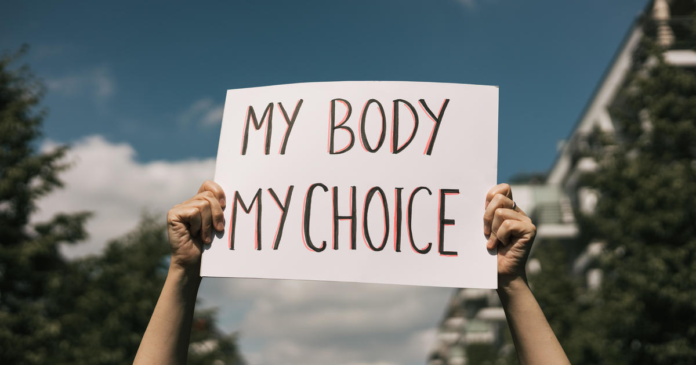One in three women of reproductive age in the U.S. now live over an hour away from the closest abortion clinic, according to a study published in the Journal of the American Medical Association on Tuesday. Before the Supreme Court overturned Roe v. Wade in June, the average travel time to a clinic was less than 30 minutes.
The peer reviewed study, which appeared in JAMA’s latest issue, “Health Care Access and Reproductive Rights,” used census data from nearly 64 million women between 15 and 44 years of age in 48 states — excluding Alaska and Hawaii. Data found that the average woman’s travel time has more than tripled, and that abortion seekers now travel for more than 100 minutes on average to reach a legal clinic.
In the three-month span between the Supreme Court’s June 24 decision and Sept. 30, which the study’s authors defined as the “post-Dobbs” period, over a dozen states had enacted total or near-total abortion bans. The “pre-Dobbs” data was taken from January to December 2021.
“Estimated travel time to abortion facilities in the US was significantly greater in the post-Dobbs period after accounting for the closure of abortion facilities in states with total or 6-week abortion bans compared with the pre-Dobbs period, during which all facilities providing abortions in 2021 were considered active,” the authors of the study wrote.
This issue of JAMA includes original research and 8 scholarly Viewpoints that provide data and perspective about abortion care and the larger context of evidence-based health care. https://t.co/rHQHX8BVMa — JAMA (@JAMA_current) November 1, 2022
The data also showed that women who lived more than an hour away from an abortion facility were more likely to be without health insurance or a high school diploma, have lower average incomes, and be Black, Hispanic, and Native American. While this remained true prior to the end of Roe, these inequalities widened even further following the Supreme Court’s decision.
“These groups have historically worse pregnancy-related mortality outcomes than nonminority populations,” the study read, citing data from the Commonwealth Fund on maternal mortality in the U.S.
Amy Cox, Democratic candidate for Ohio State Representative, wears a shirt in support of Roe V Wade while canvassing in Trenton, Ohio, on October 23, 2022. MEGAN JELINGER/AFP via Getty Images
With only a week until Election Day, abortion access has not only become a widely-debated issue between Democrats and Republicans, it will also be on the ballot in five states. Voters in three states — California, Michigan and Vermont — will decide whether to protect abortion rights in their state constitutions, and two other states — Kentucky and Montana — will have proposals on the ballot that seek to limit abortions.
However, new polling shows that the importance of reproductive rights has lessened, as economic issues arising from inflation take precedence. Even so, President Biden has vowed that if Democrats are able to pick up seats in the midterms, the first bill he will send to Congress will codify Roe v. Wade and legalize abortion access across the country.




